Color television signal
(1) Spectrum characteristics of TV signals
The TV system completes the decomposition and synthesis of the image through line and field scanning. Although the image content is random, the TV signal still has the quasi-periodic characteristics of line, field or frame. Through spectrum analysis of the still image TV signal, it can be seen that it is composed of the fundamental wave of the horizontal frequency and the field frequency and their respective harmonics, and its energy is symmetrically distributed on both sides of each harmonic of the horizontal frequency at the interval of the frame frequency . For the television signal of the moving image, the frequency spectrum distribution is a continuous comb-like spectrum centered on the horizontal frequency and each harmonic, as shown in Figure 07-03-3.

Fig. 07-03-3 Frequency spectrum of active image TV signal
For an actual television signal, the higher the harmonic order, the greater the attenuation relative to the fundamental amplitude. In the entire frequency band of the television signal, the area without energy is much larger than the area with energy. According to this property, the color television system uses the principle of spectrum interleaving to interleave the luminance signal and the color difference signal by half line frequency or 1/4 line frequency to complete the same frequency band transmission of the luminance signal and chrominance signal in the color TV. The PAL-D color TV signal adopted in China has a luminance signal bandwidth of 6 MHz; the NTSC system in the United States, Japan and other countries uses a luminance signal bandwidth of 4.2 MHz. Since the resolution of the human eye for the chroma signal is much lower than the resolution of the luma signal, the bandwidth of the chroma signal in color TV systems is generally lower than 1.3MHz, and the modulation is placed on the luma signal on the color sub-carrier frequency The high end of the spectrum to reduce crosstalk between bright colored signals.
The energy of the video image signal is mainly distributed on the line scan frequency fh and its harmonics nfh, see Figure 07-03-4. The energy between two adjacent frequencies is so weak that it can be regarded as blank. Since the U and V color difference signals are linear combinations of R, G, and B, the frequency spectrum follows the same law. According to the spectral characteristics of the video signal. If you select the subcarrier frequency fsc whose value is an odd multiple of the half-line frequency, even if fsc = (2 n + 1) fh / 2, use fsc to shift the spectrum of the two color-difference signals and then superimpose it with the luminance signal Y The energy of the chrominance signal just falls on the blank space of the luminance signal spectrum, as shown in Figure 07-03-4. This is the basic principle of the common frequency band transmission of the luminance signal and the chrominance signal according to the interleaved spectrum.

Fig. 07-03-4 Principle of spectral interleaving of luminance signal and chrominance signal
Another issue to consider when choosing fsc is that, as long as the chroma signal does not exceed the upper limit frequency of the Y signal, the value of fsc is selected as high as possible, as shown in Figure 07-03-5. Because the higher the fsc, the finer the spot of its interference with the Y signal, the lower the visibility. In addition, it is necessary to consider the beat interference between the secondary carrier frequency and the sound carrier frequency fs that may occur in the receiver. For this reason, the beat frequency between fsc and fs (fsc-fs) is also equal to an odd multiple of the half-line frequency to reduce the visibility of the interference point.
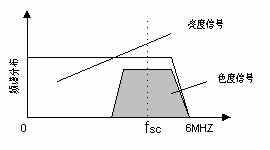
Figure 07-03-5 Luminance and chrominance signal spectrum of a common frequency band
Since there is only one subcarrier frequency, fsc, and the color difference signal as the modulation signal has two U and V, therefore, two phases of two different phases of the same carrier frequency need to be modulated. In the NTSC and PAL systems, the color difference signals U and V are modulated on two quadrature phases of the carrier frequency fsc, so it is called quadrature modulation.
The biggest problem caused by the transmission of bright and color signals in the same frequency band is the interference between the two. In order to reduce this interference, it is necessary to minimize the power of the color difference signal that does not carry information. Therefore, color TV is balanced The modulation method suppresses the carrier frequency component in the modulated wave, and the balanced amplitude modulated wave of the color difference signal after suppressing the carrier frequency can be expressed as:
![]()
In the frequency domain, the three signals of Y, U, and V are interleaved, while in the time domain, Y, U, and V are superimposed together, plus the signals finally formed by the various synchronization signals required to restore the image, we call It is a full-color TV signal, and their bandwidth is the bandwidth occupied by the original black and white TV.
(2) Composite TV signal
A single signal containing a luminance signal, a color difference signal, and all timing signals is called a composite video signal, or a full TV signal. Figure 07-03-6 shows a black and white full TV signal, and the color difference signal is obtained by mixing with the luminance signal after color subcarrier modulation, as shown in Figure 07-03-7.
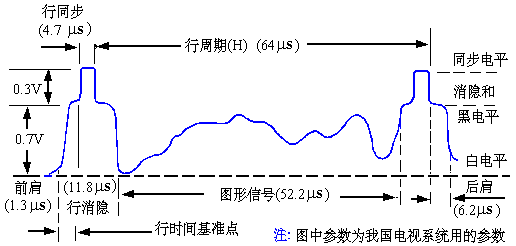
Figure 07-03-6 A line cycle of black and white full TV signal
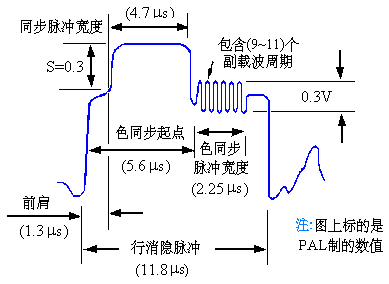
Figure 07-03-7 Horizontal blanking interval of color TV system
(3) Component TV signals
Component video signal (component video signal) refers to each primary color component as an independent television signal. Each primary color can be expressed either in RGB or in brightness-color difference, such as YIQ, YUV. Using component TV signals is the best way to express color, but it requires a relatively wide bandwidth and synchronization signal.
(4) S-Video signal
Separate TV signal S-Video (Separated video-VHS) is a TV signal with separated brightness and color difference, and is a compromise between component analog TV signal and composite analog TV signal. There are two advantages to using S-Video:
â‘ Reduce the cross interference between the luminance signal and the color difference signal.
â‘¡ It is not necessary to use a comb filter to separate the luminance signal and the color difference signal, which can increase the bandwidth of the luminance signal.
The composite TV signal is to combine the luminance signal and the color difference signal together, and use a signal cable to transmit. The S-Video signal uses two separate signal cables, one for the brightness signal and the other for the color difference signal. These two signals are called Y / C signals. S-Video uses a 4-pin connector, as shown in Figure 07-03-8. The specific specifications are shown in Table 07-03-3.
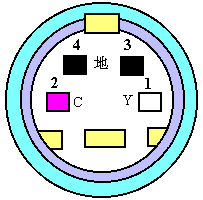
Figure 07-03-8 S-Video connector
Table 07-03-3 S-Video industry standard 4-pin connector specifications
Socket number | signal | Signal level | impedance |
1 | Ground (brightness) | - | - |
2 | Ground (chroma) | - | - |
3 | Brightness (including sync signal) | 1V | 75 ohms |
4 | Chroma | 0.3V | 75 ohms |
It should be noted that please do not confuse S-Video with S-VHS (Super Video Home System), S-VHS is a high-end home video system. S-Video is a hardware standard that defines signal cable connection sockets. S-VHS or SVHS is a signal standard for reinforced VHS TV video tapes. The resolution provided is higher than the resolution provided by VHS, and the noise signal is lower. . S-VHS supports separate luminance and chrominance signal input / output, eliminating the composite-separation process of luminance and color.
Printed Circuit Board (PCB) mechanically supports and electrically connects Electronic Components or electrical components using conductive tracks, pads and other features etched from one or more sheet layers of copper laminated onto and/or between sheet layers of a non-conductive substrate. Components are generally soldered onto the PCB to both electrically connect and mechanically fasten them to it.
Printed circuit boards are used in all but the simplest Electronic Products. They are also used in all kinds of electrical products
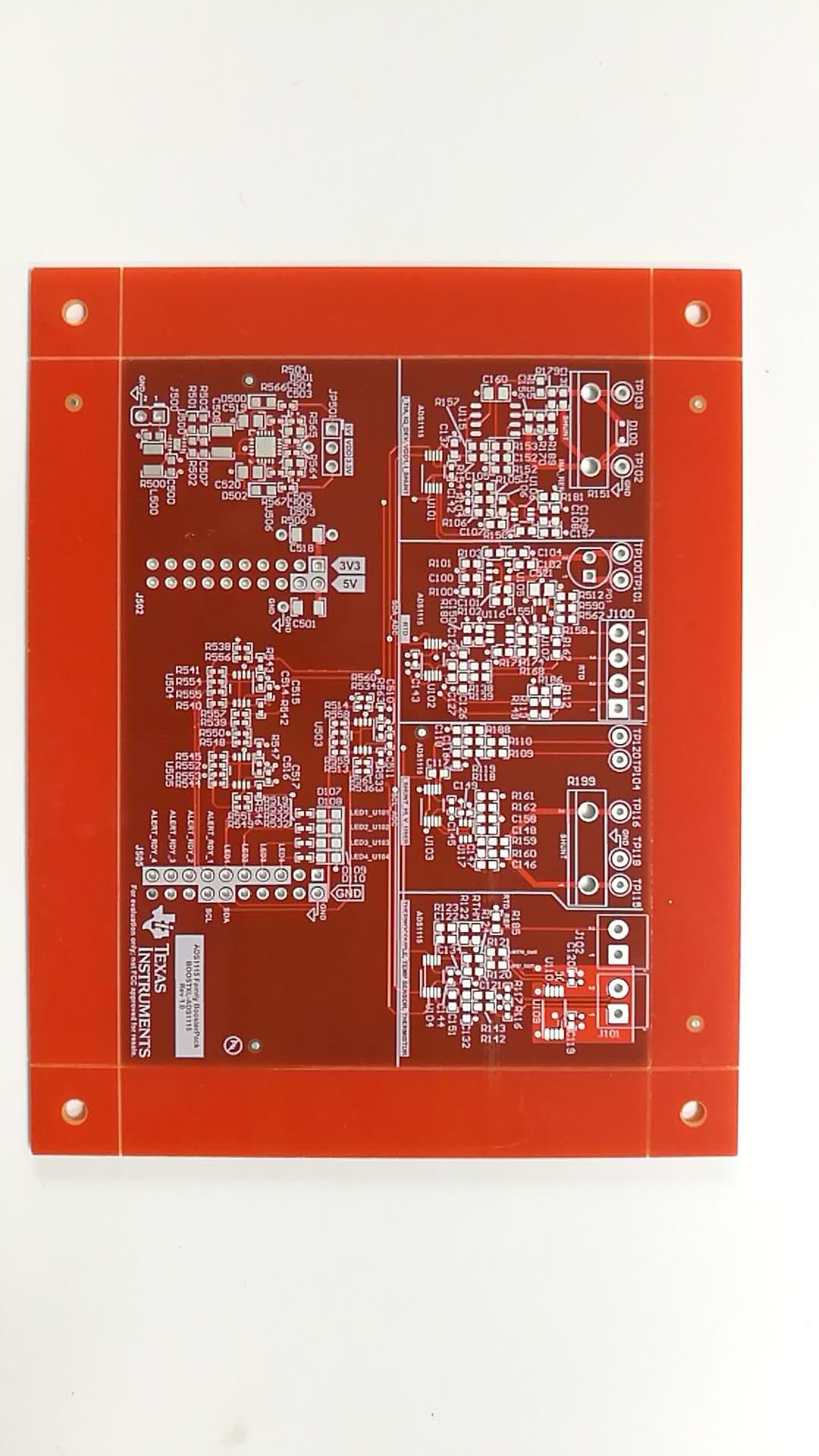
Printed Circuit Board
Printed Circuit Board,Multilayer Printing Circuit Board,Motherboard Printed Circuit Board,Professional Printed Circuit Board
Orilind Limited Company , https://www.orilind.com
